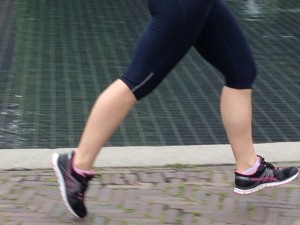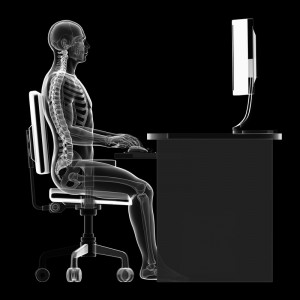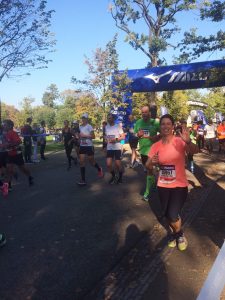 On October 16th 2016 I ran my first half marathon here in Amsterdam. Prior to this I had run a couple of 10km and 5km races years ago. My reasoning behind running the half marathon was that this year I wanted a new physical challenge. I chose running as it was one of the most accessible and convenient forms of exercise I could do, fitting runs in between work. Also I’ve always wondered whether I could actually run a half marathon.
On October 16th 2016 I ran my first half marathon here in Amsterdam. Prior to this I had run a couple of 10km and 5km races years ago. My reasoning behind running the half marathon was that this year I wanted a new physical challenge. I chose running as it was one of the most accessible and convenient forms of exercise I could do, fitting runs in between work. Also I’ve always wondered whether I could actually run a half marathon.
I am one of those people who enjoys having a physical challenge to train and work towards. When I was living in the UK I worked my way through the Chinese kickboxing belts finally achieving black belt. Up until now that has been the most physically and mentally testing event in which I have participated. I do enjoy the discipline required to follow a training programme to ensure you meet your goal. I could have run the half marathon with less preparation but I would not have achieved the time I did and I would have put myself at risk of injury.
I started the official training 6 months prior to the race. Before then I was occasionally plodding around Vondelpark with no set goal, attending bootcamp and personal training once a week. My Personal Trainer Lorna Wilson of Wilson’s Workouts (Wilson’s Workouts) designed a running programme for me to follow to ensure I was at my peak of physical fitness by 16th October. I cannot say I am a passionate runner. However, I did (and still do) enjoy getting outside in the fresh air to exercise. I am not a runner who enjoys listening to music, rather I use the time to clear my head and compose my thoughts, making work and home to do list, thinking about my shopping list, planning weekend social events etc. In fact this blog was written in my head while running around the park. Having the set programme really helped with the motivation as it meant I had to go out running whether I wanted to or not. Apart from a couple of social weekend engagements I was pretty committed to the programme and stuck to it. I even surprised myself by enjoying running on my holiday. Normally when I am on holiday I do very little exercise. However I went away close too the race to justify a week off so I packed my trainers and running kit. I followed my programme and I felt great for it. I got the runs done in the morning and it meant I could enjoy the local cuisine guilt free!
In addition to the running I continued with my conditioning work at Lorna’s bootcamp once a week and personal training sessions once a week. The combination of the conditioning/strengthening work 2x week and running 3x week meant on race day I felt confident and fit. I knew I should be able to complete it as I had managed 20km in training.
However………on the day it was tough!! I did the one thing everyone advised me not to do…I started off too fast and continued with that pace. After a couple of kilometers into the run I felt comfortable and was really happy with the pace. My goal was always to complete in 2:15 and the pace I started at was faster than the pace I needed to be running at but because I felt so good I didn’t slow down. On the plus side I did run a 5km and 10km BP but on the down side 12-16km were very tough as I got really tired. It took all my discipline to keep going. Fortunately at 16km I slowed down just enough to keep a good pace and to feel more comfortable resulting in beating the 2:15 finish time I was aiming for. I was thrilled with the finishing time of 2:08, even if as I crossed the finish line I was so hot (amazingly hot day for October), tired and a little nauseous.
All the training leading up the run meant that I did not pick up any injuries during the run and I was able to run hard. The following days I was really tired and had extremely tender toe nails but apart from that I felt great. What did surprise me was that during the week after the race I did not run and I really missed it. I was actually looking forward to getting back out there running. That I did not expect!
I have always respected long distance runners, particularly marathon runners, triathletes (half Ironman and full Ironman just blows my mind). I am truly in awe of what they can achieve. The discipline to training and the mental attitude is incredible as I know how much hard work I had to put in to do this race. It does show what you can achieve if you put your mind to it.
So what’s next for me? At the moment I am enjoying running each week but at my pace and at the distances I fancy rather than following a strict programme. I would like to do some 10km races next year to beat my BP and you never know perhaps another Half Marathon. I am not currently feeling the need to do a full marathon but never say never!

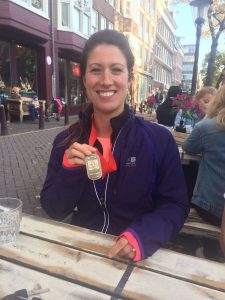
 Whenever I mention that I do superficial and deep tissue dry needling as a treatment technique, the very first thing people ask me is “Is that acupuncture?” The simple answer is “No it is not”. Acupuncture uses a different mind-set and a different language. I am not an expert on acupuncture and do not want to do the individuals who practice acupuncture the disrespect of even attempting to explain its concepts and complexities. However I will discuss it in reference to comparing it with the dry needling techniques I use.
Whenever I mention that I do superficial and deep tissue dry needling as a treatment technique, the very first thing people ask me is “Is that acupuncture?” The simple answer is “No it is not”. Acupuncture uses a different mind-set and a different language. I am not an expert on acupuncture and do not want to do the individuals who practice acupuncture the disrespect of even attempting to explain its concepts and complexities. However I will discuss it in reference to comparing it with the dry needling techniques I use.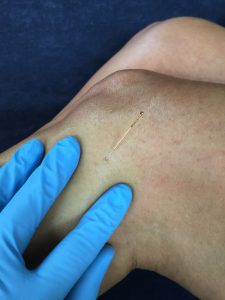
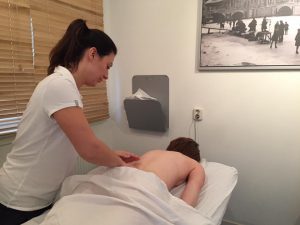 The term massage is a generic word that covers a wide range of soft tissue techniques that are used inside and outside the therapist treatment room. Massage is just one component of physiotherapy holistic intervention and is normally used in conjunction with other elements of physiotherapy treatment techniques.
The term massage is a generic word that covers a wide range of soft tissue techniques that are used inside and outside the therapist treatment room. Massage is just one component of physiotherapy holistic intervention and is normally used in conjunction with other elements of physiotherapy treatment techniques.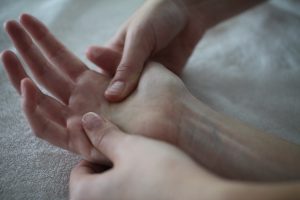
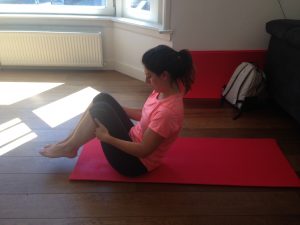 I have mentioned core stability before in my blogs and have spent the last 2 years working on my core strength. So, I felt it was time to practise what I preach by going to a Pilates class.
I have mentioned core stability before in my blogs and have spent the last 2 years working on my core strength. So, I felt it was time to practise what I preach by going to a Pilates class.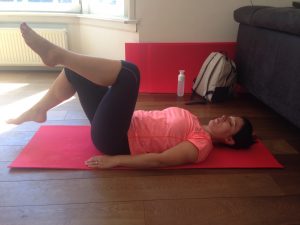
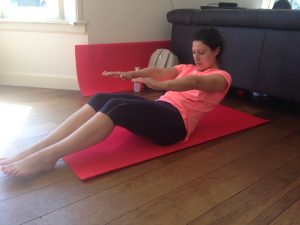
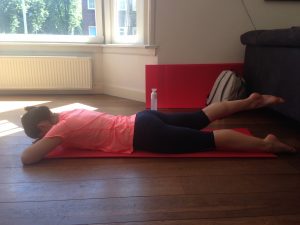
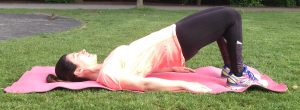 As promised ( in
As promised ( in 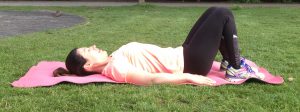

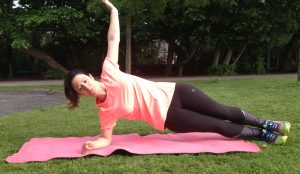
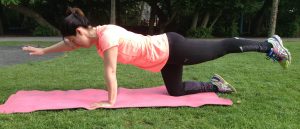
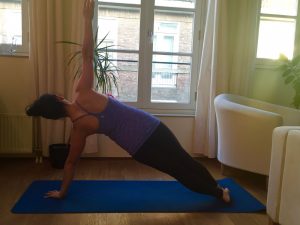
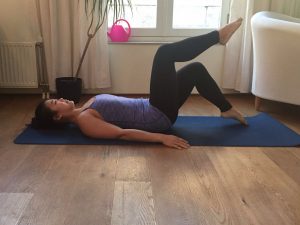
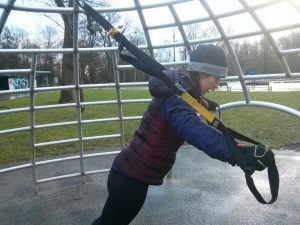 This is me working towards my goal of improving my conditioning and fitness with the help from my personal trainer Lorna Wilson from
This is me working towards my goal of improving my conditioning and fitness with the help from my personal trainer Lorna Wilson from 